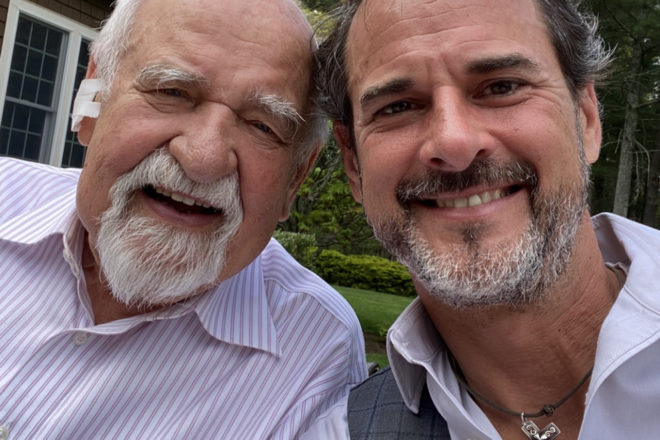
Podcast: Play in new window | Download
Today on Dr. M’s Women and Children First Podcast, we welcome Dr. Wayne Koontz, a founding partner at Salisbury Pediatric Associates in Salisbury North Carolina, where he has spent over 5 decades caring for generations of families with compassion, wisdom, and a deep commitment to community health.
Dr. Koontz earned his Undergraduate degree and his Doctor of Medicine from Wake Forest University, where his early love of science and service began to take shape. He went on to complete his pediatric residency at Dallas Children’s Medical Center, part of the University of Texas Southwestern Medical School, where he received outstanding training in both academic and clinical pediatrics.
As one of the founding physicians at Salisbury Pediatrics, Dr. Koontz helped to build a model of child-centered, family-oriented care that has served the Rowan County. His commitment to children’s well-being extends beyond the clinic, reflecting a lifelong dedication to preventive medicine, developmental health, and the nurturing of strong physician–family relationships.
It’s an honor to have Dr. Koontz with us today to share his clinical insights as they relate to infection and vaccination from a longevity based pediatric career. Dr. Koontz has a unique perspective to share as his 50 plus years of experience cover the prevaccine infectious disease based practice of pediatric medicine all the way to the current vaccine centric and reduced infectious disease burden reality. That is a timeline worthy of exploration.
So lets explore.
Dr. M




















